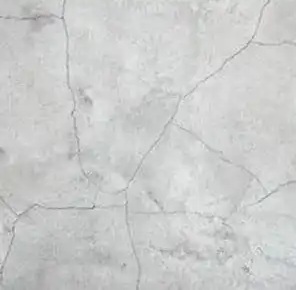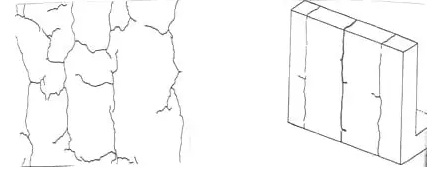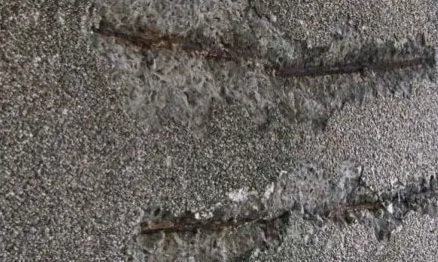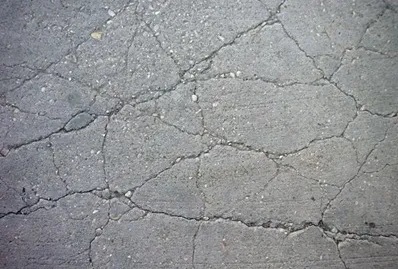Shrinkage is an intrinsic characteristic of concrete. The shrinkage in concrete can be characterized as the volume changes observed in concrete because of loss of moisture at various stages due to different reasons.
Table of Contents
Concrete Shrinkage
The loss of moisture content due to Evaporation in concrete is known as the shrinkage of concrete. In the first 28 days after pouring, concrete shrinks most because most of the moisture content gets out from the concrete.
Types Of Shrinkage in Concrete
There are 4 types of Shrinkage as listed below
- Plastic Shrinkage
- Drying Shrinkage
- Carbonation Shrinkage
- Autogenous shrinkage
Let us discuss all types of shrinkage in detail.
1. Plastic Shrinkage in Concrete
Plastic shrinkage happens very soon after concrete casting. The hydration of cement results in a reduction in the volume of concrete because of evaporation from the surface of concrete, which leads to cracking.

2. Drying Shrinkage in Concrete
The shrinkage that appears after the setting and hardening of the concrete mixture due to loss of capillary water is called drying shrinkage. Drying shrinkage normally happens in the first few months and reduces with time.

3. Carbonation Shrinkage
Carbonation shrinkage happens because of the reaction of carbon dioxide (Co2) with the hydrated cement minerals, carbonating Ca(OH)2 to CaCo3. The carbonation slowly penetrates the external surface of the concrete. This type of shrinkage chiefly occurs at medium humidities and results in enhanced strength and low permeability.

4. Autogenous Shrinkage
Autogenous shrinkage happens because of no moisture movement from concrete paste under constant temperature. It is not a big problem of concrete and can be ignored.

